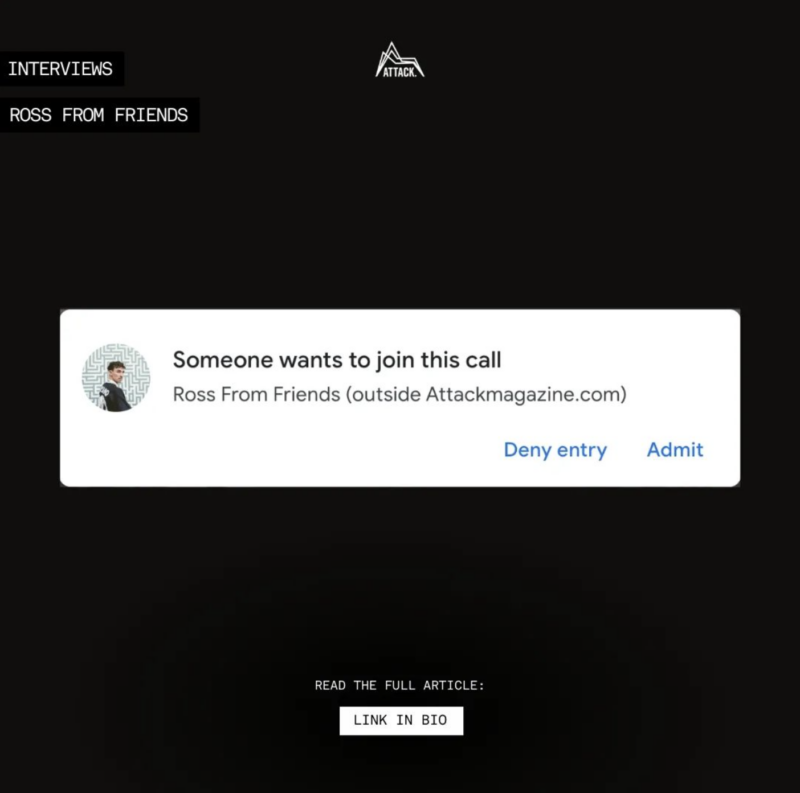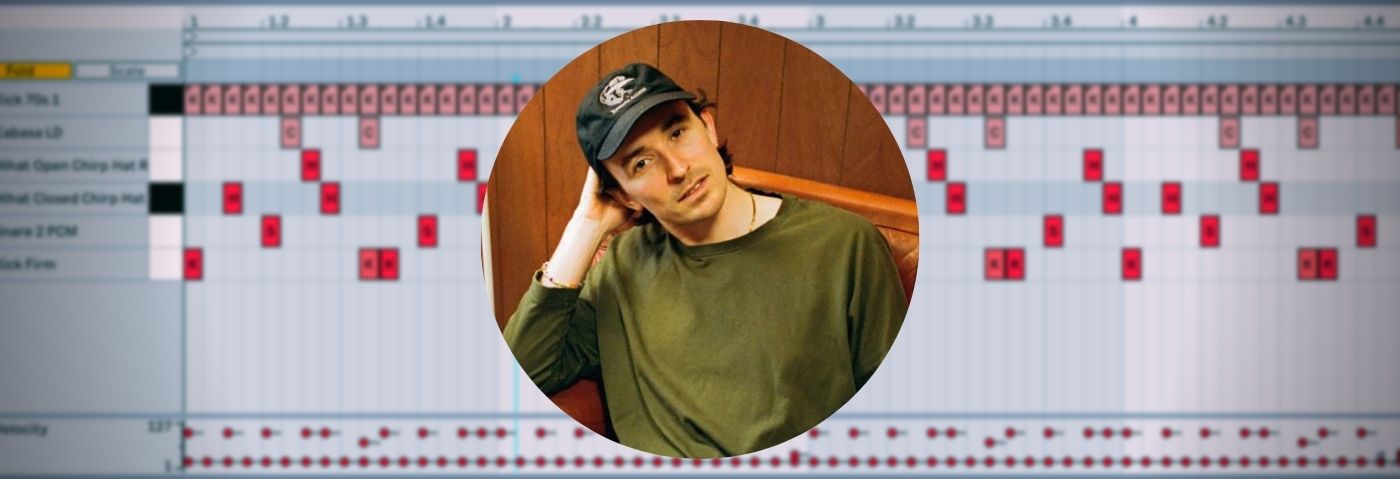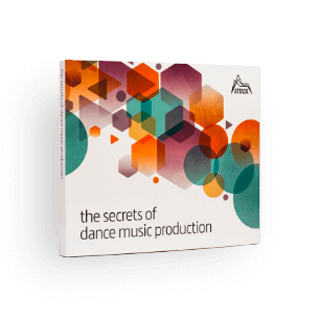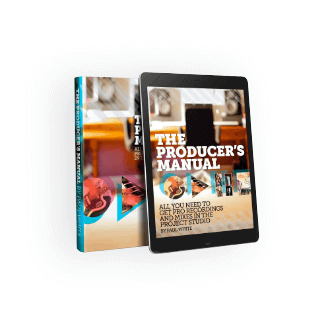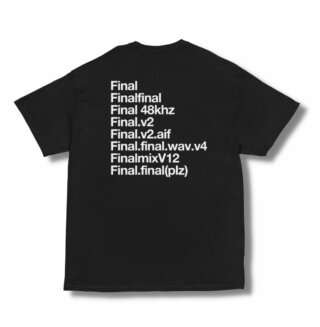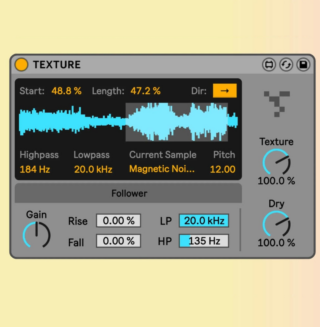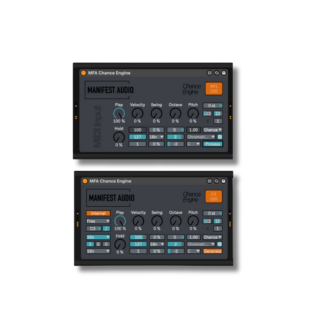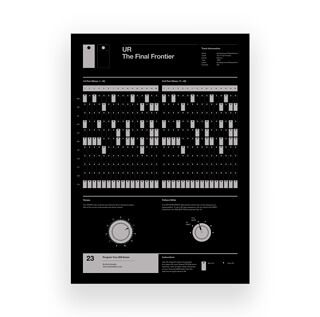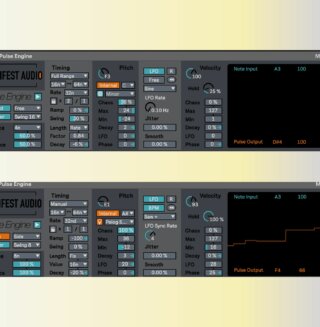In this Beat Dissected, we’re looking at the eclectic, brilliant beats by Ross From Friends. With elements of house, techno, garage and lo-fi mixed together, his music sounds unique every time and worth digging deeper into.
Ross From Friends – AKA Felix Weatherall – is a producer whose musical journey has been a joy to watch and listen to. He made a name for himself back in 2017 with his now ubiquitous lo-fi house cut ‘Talk To Me You’ll Understand’. However, since then, he’s developed both as an artist and in taste, moving towards a future garage-tinted sound, which can be heard on his two albums Family Portrait and Tread as well as his various singles and EPs.
In this month’s Beat Dissected, we’ll try to analyse his future garage-esque and layered sound to see what’s going on.
Here’s what we’ll be making today:
And here’s how the beat sounds with some audio for context:
Spec
Tempo
127 BPM
Swing
52%
Sounds
Ableton
Remember to click any image to enlarge!
Step 1: Kick
We’ll start building out the beat with a kick drum. Load the sample ‘Kick Firm’ in Drum Rack, pitch it up four semitones, trim off the sample’s end half, and filter out all frequencies above 1.11 kHz.

Now program the following four-bar pattern, noting the variation in velocity.

Here’s how the kick sounds:
Step 2: Snare
Next, let’s add a snare to the pattern. Load the Snare 2 PCM sample into Drum Rack, transpose the sample down by one semitone, trim it, and filter all frequencies above 5 kHz.

Program a snare to play on each bar’s second and fourth beat in your pattern.
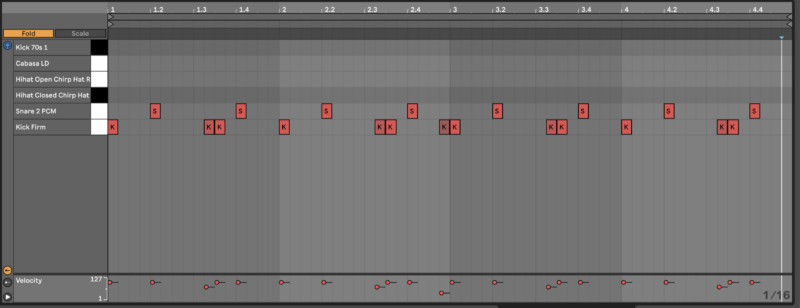
Here’s how the beat sounds with the snare added:
Step 3: Hi-hats
Next up, hi-hats. We’ll need two different samples for the hi-hats in this pattern: ‘Hihat Closed Chirp Hat’ and ‘Hihat Open Chirp Hat R’.
Load them both in Drum Rack. Reduce the gain of ‘Hihat Closed Chirp Hat’ to -21.7 dB.

Reverse ‘Hihat Open Chirp Hat R’ and trim it to remove the tail and the transient of the sample. Reduce the gain of this sample to -21.7 dB as well.

Program the below pattern.

Here’s how the pattern sounds now:
Step 4: Shaker
To beef up the hi-hats, let’s add a shaker. Loop the sample ‘Shaker Fly’ to cover the four bars.
To make the hi-hat loop more rhythmic, switch the warp mode to Beats, the Transient Loop Mode to Off, and the Transient Envelopes to 55.
In addition, reduce the volume of the track to -5.6 dB.
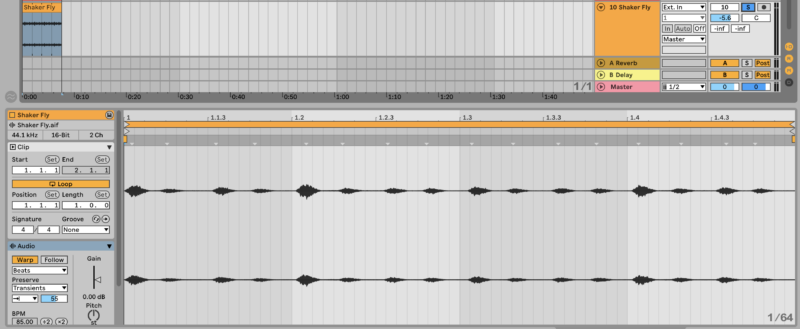
Now add an extra shaker one shot to the pattern to add extra life. Load ‘Cabasa LD’ into the Drum Rack and program it to hit like in the image below.

Here’s how the loop sounds now:
Step 5: Randomised Kick
Ross From Friend’s beats are always packed with layers of interest. To create some extra groove that will change over the length of a track, let’s introduce randomised ghost notes using a kick drum sample.
Load ‘Kick 70s 1’ in Drum Rack, pitch it down two semitones and switch it to ‘Beats’ warp mode. Bring the transient envelope down to around 20. This will remove most of the sample’s tail while keeping the transient intact. Additionally, filter out frequencies below around 140 Hz so the kick doesn’t muddy up the track.

We want this sample to hit on random sixteenth notes during the pattern. Place a MIDI note on every sixteenth note in the MIDI editor. Select all of the sixteenth notes and, using the chance slider, set each note so that it has a 19% chance of playing.
Finally, to add some more movement, we’ll place Auto Pan and Phaser-Flanger on the kick. Set Auto Pan to the random waveform and set an amount of around 75%.
Set Phaser-Flanger to Phaser mode with six notches, a Rate of ½, an Amount of around 35% and a Feedback of 28%.

Here’s how the beat sounds with the randomised kick added:
Step 6: Processing
Finally, we’ll bring the beat together by applying some group processing. First, group the Drum Rack and shaker tracks so we can apply processing to both tracks.
First, we want to apply some saturation. Load Saturator, select the Medium Curve model and set drive to 16dB. To stop the bass frequencies in our beat from being oversaturated, apply a low shelf cut of -7.5dB at 153Hz with EQ Eight before Saturator. After Saturator we can then reintroduce the bass frequencies using EQ Eight – this time create a low shelf boost of 7.5dB at 153Hz after Saturator.

Next, apply a Glue Compressor. With an Attack of 3, aim for a gain reduction of around -10dB. To stop the beat from being too abrasive, apply a high shelf cut of around -3.3dB at 1.8kHz.

Finally, bring it all together with Reverb. Set a Decay of 975ms, cut the low frequencies out of the reverb, and set a Dry/Wet mix of 23%.
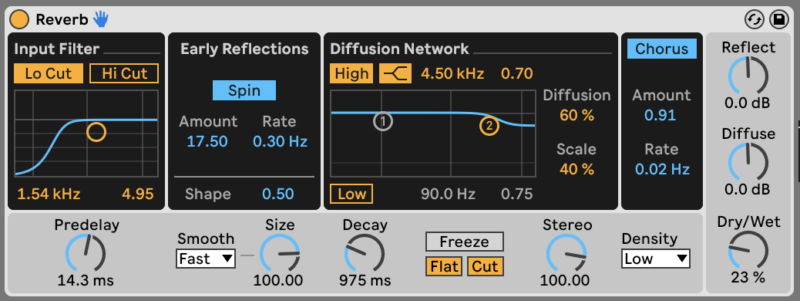
Here’s how the beat sounds with processing:
And in some context:
If you like this Beat Dissected, check out the whole series on Attack or on YouTube.
If you like Ross From Friends read our interview with him from last year where he discuss his new single ‘The One’, the pressures of streaming numbers and his production process.
